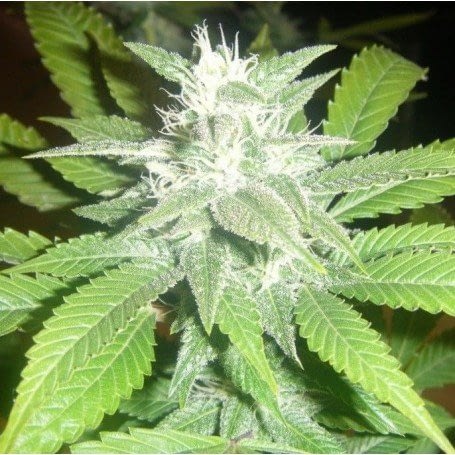Another marijuana-based drug, nabiximols (Sativex), is available in Canada and several European countries to treat spasticity and nerve pain in patients with multiple sclerosis.
Medicinal cannabis is hardly a new therapeutic agent. It was widely used as a patent medicine in the United States during the 19th and early 20th centuries and was listed in the United States Pharmacopoeia until passage of the Marijuana Tax Act in 1937 rendered it illegal.
Then a federal law in 1970 made it a Schedule 1 controlled substance, which greatly restricted access to marijuana for legitimate research. Also complicating attempts to establish medical usefulness is that plants like marijuana contain hundreds of active chemicals, the amounts of which can vary greatly from batch to batch. Unless researchers can study purified substances in known quantities, conclusions about benefits and risks are highly unreliable.
That said, as recounted in Dr. Finn’s book, here are some conclusions reached by experts about the role of medical marijuana in their respective fields:
Pain Management
People using marijuana for pain relief do not reduce their dependence on opioids. In fact, Dr. Finn said, “patients on narcotics who also use marijuana for pain still report their pain level to be 10 on a scale of 1 to 10.” Authors of the chapter on pain, Dr. Peter R. Wilson, pain specialist at the Mayo Clinic in Rochester, Minn., and Dr. Sanjog Pangarkar of the Greater Los Angeles V.A. Healthcare Service,…
Original Author Link click here to read complete story..
Another marijuana-based drug, nabiximols (Sativex), is available in Canada and several European countries to treat spasticity and nerve pain in patients with multiple sclerosis.
Medicinal cannabis is hardly a new therapeutic agent. It was widely used as a patent medicine in the United States during the 19th and early 20th centuries and was listed in the United States Pharmacopoeia until passage of the Marijuana Tax Act in 1937 rendered it illegal.
Then a federal law in 1970 made it a Schedule 1 controlled substance, which greatly restricted access to marijuana for legitimate research. Also complicating attempts to establish medical usefulness is that plants like marijuana contain hundreds of active chemicals, the amounts of which can vary greatly from batch to batch. Unless researchers can study purified substances in known quantities, conclusions about benefits and risks are highly unreliable.
That said, as recounted in Dr. Finn’s book, here are some conclusions reached by experts about the role of medical marijuana in their respective fields:
Pain Management
People using marijuana for pain relief do not reduce their dependence on opioids. In fact, Dr. Finn said, “patients on narcotics who also use marijuana for pain still report their pain level to be 10 on a scale of 1 to 10.” Authors of the chapter on pain, Dr. Peter R. Wilson, pain specialist at the Mayo Clinic in Rochester, Minn., and Dr. Sanjog Pangarkar of the Greater Los Angeles V.A. Healthcare Service,…



